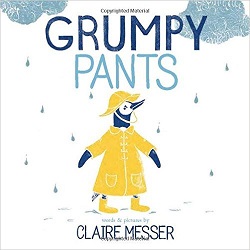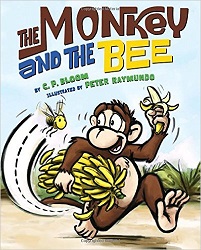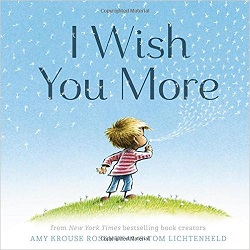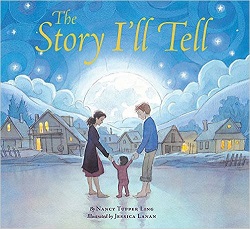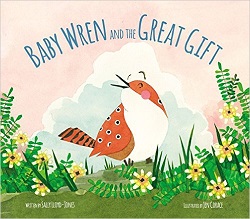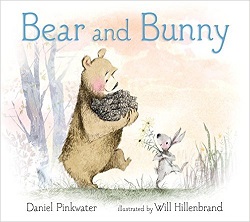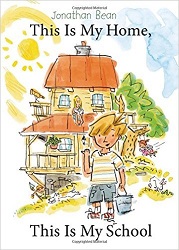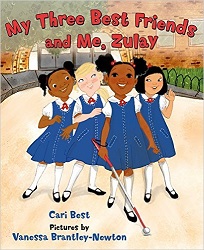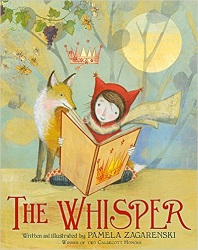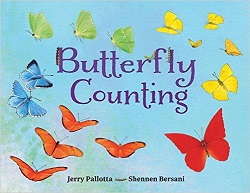Review of Grumpy Pants, by Claire Messer
by Claire Messer
Albert Whitman & Company, Chicago, 2016. 32 pages.
Starred Review
I admit, I would dearly love to try this book on a grumpy toddler. Though I’m not sure I ever again want to be responsible for a grumpy toddler. Perhaps if you read this to a toddler when they are not grumpy, they would gain vocabulary for talking about the sensation.
The text is simple (and toddler-level):
Penguin was in a bad mood.
A very bad mood.He didn’t know why
and he didn’t care.He stomped his feet
all the way home.He pulled off his grumpy coat
and kicked off his grumpy boots.But he was still grumpy.
He tried to shake it off.
But he was still grumpy.
Penguin continues to shed his grumpy clothes, piece by piece.
Finally, he took off his grumpy underpants.
“I’m still grumpy, you know.”
But then he counts to three and splashes into the tub (over quite a few pages).
The water was nice and cold.
Penguin played with his duck.He hid under the water and made himself a bubble beard.
Little by little, he was starting to feel much better.
I think this gives you the idea. The illustrations are simple stamped-ink linoleum printing on a white background.
After his bath, Penguin has a cozy bedtime routine including reading his favorite book, Learn to Fly, and finding his favorite Teddy.
As Penguin fell asleep, he knew that tomorrow would be a good day
because all the grumpiness had been washed away.
[Here there’s a picture of his clothes in the washing machine. I just noticed that the machine has these levels marked next to the dial:
GRUMPY WASH
HEAVY LOAD
COWBOY
GENTLE CYCLE
EXTRA CUDDLY]
There you have it. Quiet. Simple. Delightful.
Now, I noted after the fact that since this is a British author, they probably should have changed the title to Grumpy Underpants. They obviously did change the inside text, but perhaps didn’t want the book to have a different title than in Great Britain. Anyway, when Penguin takes off his grumpy underpants, that’s sure to get a giggle. Of course, the brilliant part is that there’s nothing problematic about displaying a naked penguin on the pages.
So, if you’re a parent whose child ever has a bad day – think about introducing the idea of washing grumpiness away! Come to think of it, I may try that myself the next time I have a bad day. There’s something extremely satisfying in the thought.
And it might help coax them into the tub as well. Definitely worth a try!
Find this review on Sonderbooks at: www.sonderbooks.com/Picture_Books/grumpy_pants.html
Disclosure: I am an Amazon Affiliate, and will earn a small percentage if you order a book on Amazon after clicking through from my site.
Source: This review is based on a library book from Fairfax County Public Library.
Disclaimer: I am a professional librarian, but I maintain my website and blogs on my own time. The views expressed are solely my own, and in no way represent the official views of my employer or of any committee or group of which I am part.
What did you think of this book?
